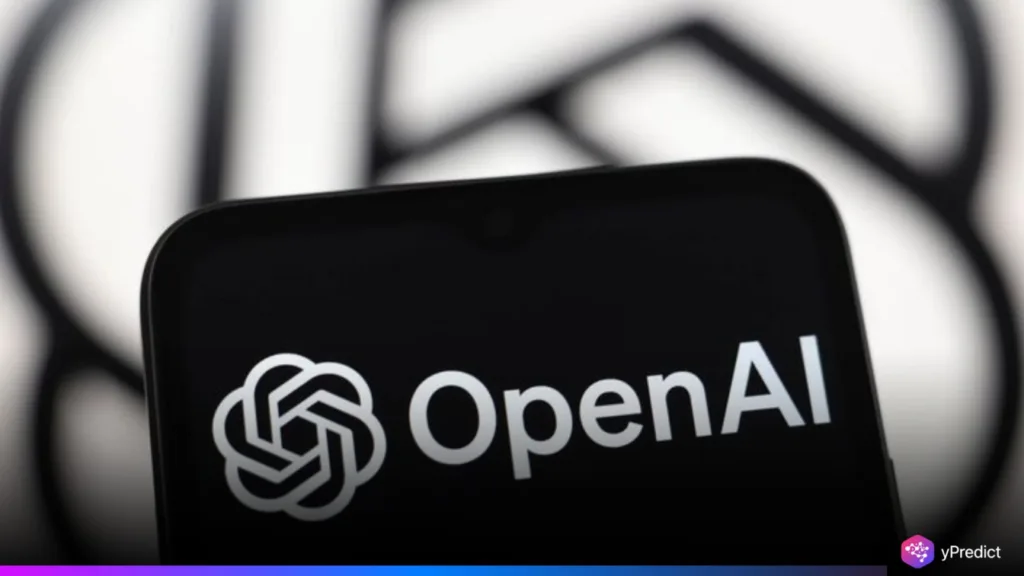
OpenAI has started leveraging Google’s Tensor Processing Units (TPUs) to power its artificial intelligence models, including ChatGPT. This move signals OpenAI’s growing effort to diversify beyond its heavy reliance on Microsoft Azure’s cloud infrastructure and Nvidia’s GPUs. As demand for AI-driven compute power surges amid global chip shortages, OpenAI’s decision to use Google TPUs reflects a strategic pivot toward a multi-cloud, multi-chip strategy. The partnership highlights not only changing dynamics in AI infrastructure but also intensifies competition among major cloud providers and chipmakers in the escalating AI arms race.
OpenAI Expands Beyond Nvidia with Google TPUs
The Information reports that OpenAI, known for developing ChatGPT, has begun using Google’s artificial intelligence chips to support its growing suite of AI tools, marking a key departure from its historical reliance on Nvidia hardware. This move represents the company’s first significant adoption of non-NVIDIA chips, signalling a shift in strategy as OpenAI seeks to optimise infrastructure and expand computing capacity.
While OpenAI has long been one of Nvidia’s top customers, using GPUs to both train its language models and perform inference tasks, it is now experimenting with Google’s Tensor Processing Units (TPUs), leased through Google Cloud. These chips are expected to help OpenAI reduce the high costs associated with inference computing, where AI models generate outputs from previously acquired data.
Google’s TPUs, originally built for internal use, have recently been made available to select external partners. OpenAI’s adoption of these chips comes as part of a broader effort to supplement its infrastructure and reduce dependency on a single vendor or cloud provider.
The development also points to a practical collaboration between two fierce competitors in the AI space, demonstrating how shared priorities, like performance and cost-efficiency, can override market rivalry when infrastructure needs escalate.
Microsoft, Google, and Strategic Cloud Leverage
OpenAI’s recent collaboration with Google signals a broader shift in its cloud strategy as it moves to diversify beyond longtime partners like Microsoft Azure and Oracle. While Microsoft remains its largest financial backer and primary infrastructure provider, OpenAI is now distributing its compute needs across multiple platforms.
By incorporating Google Cloud into its infrastructure mix, OpenAI is not only pursuing more cost-effective compute solutions but also asserting greater autonomy over its technological direction. In a cloud ecosystem dominated by a few major players, this diversification allows OpenAI to reduce dependency on any single provider and maintain strategic leverage in ongoing partnerships.
Despite their rivalry in AI, OpenAI and Google have aligned on infrastructure needs. Google’s move to offer its proprietary TPUs to external clients reflects its broader push to expand its cloud business, attracting customers like Apple, Anthropic, and Safe Superintelligence. While Google has restricted OpenAI’s access to its most advanced TPUs, the partnership highlights how shared strategic goals can outweigh competitive tensions when mutual business interests align.
Google’s TPU Push and the Broader Impact on the AI Ecosystem
OpenAI’s use of Google’s AI chips carries significant implications for its long-standing partnership with Microsoft. This development comes at a time when OpenAI and Microsoft executives, including CEOs Sam Altman and Satya Nadella, are reportedly discussing the future of their collaboration. OpenAI has also expanded its compute footprint through agreements with Oracle, further demonstrating its commitment to diversifying beyond a single provider.
For Google, this alliance represents a strategic win in the competitive cloud landscape. The decision to monetise its TPU technology by offering it externally reflects Google’s ambition to strengthen its position in the AI infrastructure market. Google’s compute infrastructure is now among the most powerful globally, rivalling Nvidia in its ability to run large-scale AI models efficiently.
By renting out its TPUs, Google not only enhances its cloud portfolio but also challenges Microsoft Azure’s dominance. As AI development and cloud services become increasingly intertwined, such partnerships highlight how infrastructure flexibility and cost-efficiency are reshaping the AI industry’s competitive dynamics.






